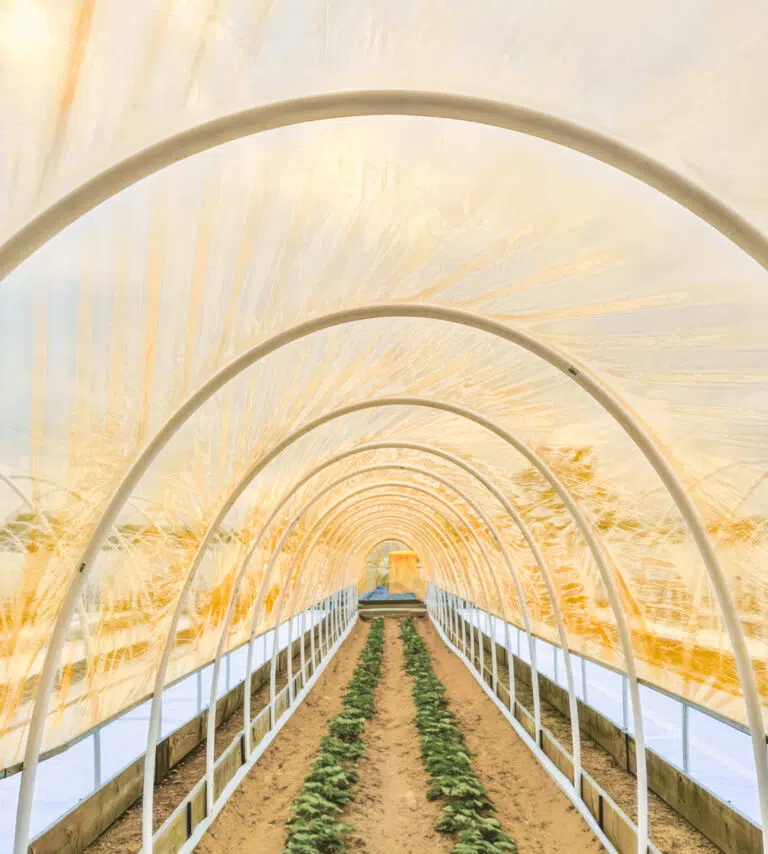
5 Misconceptions of Greenhouse Covers
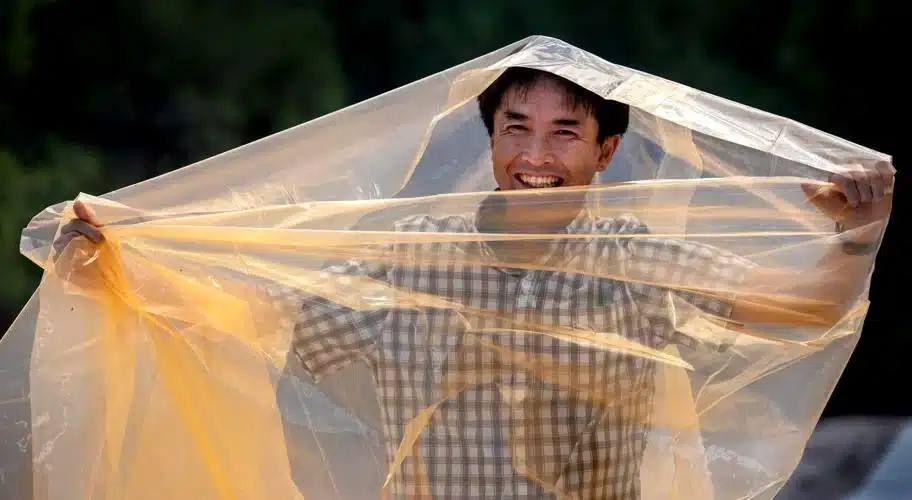
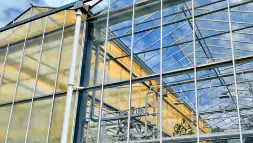 In the dynamic realm of horticulture, greenhouse covers stand as your trusted allies, whether you’re nurturing fruits, veggies, cannabis, or ornamental treasures. Yet, myths often swirl around these essential tools.
In the dynamic realm of horticulture, greenhouse covers stand as your trusted allies, whether you’re nurturing fruits, veggies, cannabis, or ornamental treasures. Yet, myths often swirl around these essential tools.
In this blog, we unravel some of these misconceptions intending to empower you to maximize your harvest.
Let’s kick things off by dispelling the very first myth.
Misconception 1: "Greenhouse Covers Are Only for Temperature Control"
Likely, the most common misconception about greenhouse covers is that they serve just one purpose: temperature regulation. While this is an essential function, it’s just the tip of the iceberg.
Instead, greenhouse covers are multi-faceted tools that play, among others, the following roles:
- Temperature control
- Light diffusion
- Protection from adverse weather
- Pest and disease control
- Enhanced Carbon Dioxide levels
- Increased humidity control
- Water conservation
- Season extension
- Crop variety and experimentation
- Improved crop quality
- Energy efficiency
Greenhouse covers are multi-faceted essentials in the horticulture ecosystem. They provide a controlled microenvironment suitable for optimal growth and development of your crop. Maintaining the right temperature and humidity levels is paramount. The addition of greenhouse covers does that and more. They shield the crop from harsh weather, pests, and UV radiation, creating a suitable environment where the crop can thrive, flourish, and grow.
For fruit orchards, net-like covers act as climate moderators, ensuring your fruit-bearing trees are in their comfort zone to produce fruit in the next season. What’s more, they double as barriers against insect invasions and unpredictable storms, which may result in the loss of products and profit.
Finally, in the world of ornamental plants, where aesthetics are paramount, greenhouse covers maintain the ideal atmosphere for delicate blooms. They fend off potential flower-damaging pests and UV rays.
Misconception 2: "All Greenhouse Covers Are Created Equal"
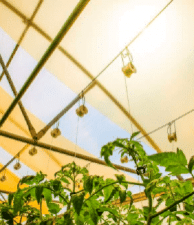
- Material Composition: Greenhouse covers can be made from various materials, including polyethylene, polycarbonate, acrylic, glass, ETFE, and more. You’ll find that each of these has distinct properties that affect, among others, insulation, light diffusion, durability, and cost.
- Light Transmission: Different greenhouse cover materials have varying levels of light transmission. Some materials diffuse light, which can be beneficial for uniform plant growth, while others allow direct light at a higher quantity. The choice of material can impact your crop’s development.
- UV Resistance: Exposure to UV radiation can degrade greenhouse covers over time. High-quality greenhouse covers are designed to resist UV damage, ensuring a longer lifespan and better protection for your plants.
- Thermal Insulation: Greenhouse covers differ in their ability to retain heat. Some materials are better insulators than others, which is crucial for maintaining stable temperatures and extending the growing season.
- Impact Resistance: Greenhouse covers need to withstand hail, falling debris, or strong winds. Not all materials are equally resistant to impact, and when you choose the cover material for your green house, you should consider the local weather conditions in your area.
These are just a few properties that differentiate the different greenhouse covers available in the market. Your specific needs should inform the type of greenhouse cover you go for.
Misconception 3: "Greenhouse Covers Are Costly and Not Worth the Investment"
This misconception is one of the most detrimental beliefs for growers. The best way to demystify it is by highlighting the numerous benefits and potential return on investment (ROI) that greenhouse covers offer:
- Extended Growing Season: Greenhouse covers create a controlled environment where temperature and humidity can be regulated. This extended growing season means you can cultivate your crop throughout the year which translates to increased productivity and revenue.
- Higher Crop Yields: With the right greenhouse cover, you can provide optimal conditions for plant growth. Compared to field agriculture, greenhouses allow for higher crop yields which translates to increased sales and profit.
- Protection from Adverse Weather: The right greenhouse cover will shield your crop from harsh weather conditions prevalent within your locality.
- Reduced Pest and Disease Pressure: Greenhouse covers act as a barrier against pests and diseases, reducing the need for chemical pesticides. This translates to lower input costs and higher quality produce.
- Water and Energy Efficiency: The right cover will reduce water consumption and save energy.
- Crop Diversification: With the right kind of greenhouse, you can cultivate a wide variety of crops, including specialty and high-value crops. This translates to a greater ability to tap into target niche markets and premium prices.
- Local Market Access: With the ability to grow in any location and in any season, a greenhouse grower can easily leverage the growing consumer preference for locally sourced, fresh, and seasonal products.
- Long-Term Investment: Granted, the initial costs associated with building and maintaining a greenhouse are high. Still, you stand to reap good returns from this investment.
Misconception 4: "Greenhouse Covers Are Harmful to the Environment"
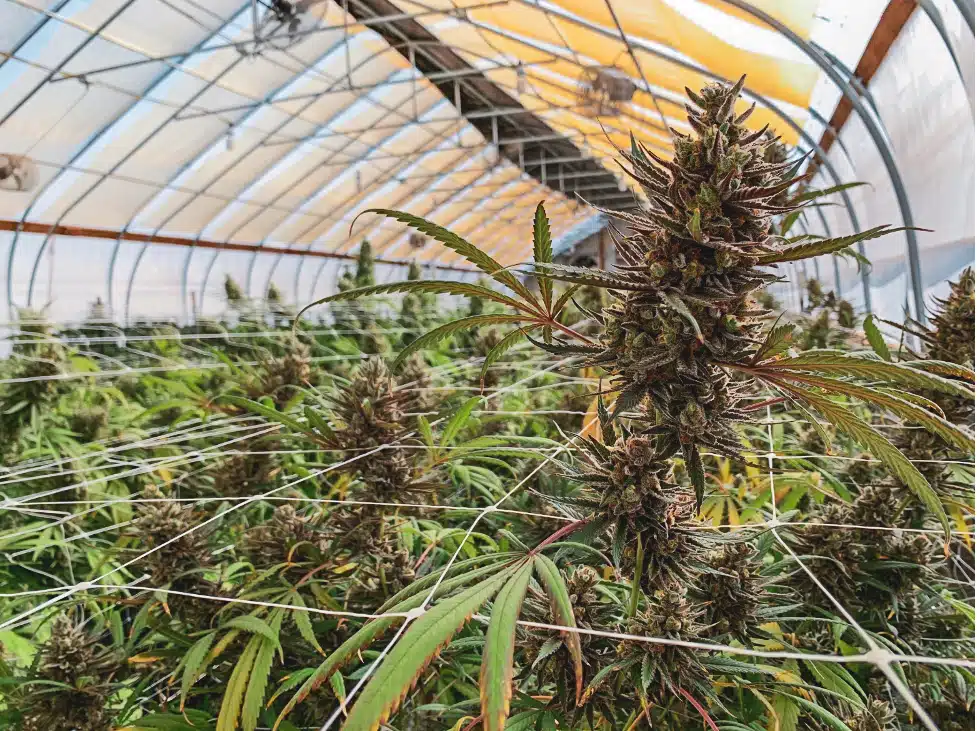
One example is a reduced need for chemical pesticides when using the right greenhouse cover . This is a win for both your crop and the environment. Additionally, one can benefit significantly from the eco-friendly aspect of greenhouse covers. Specifically, you can reduce water consumption as you’ll have minimized evaporation and reduced pesticide use, which resonates with the health-conscious consumer. Overall, you can better practice responsible horticulture with the right greenhouse cover.
Misconception 5: "Installing Greenhouse Covers Is a Complicated Process"
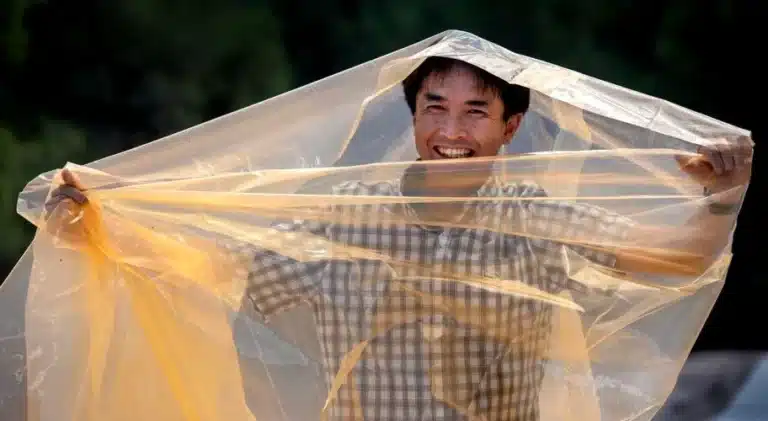
Ready to Elevate Your Horticultural Journey? Greenhouse Covers Hold the Key!
Greenhouse covers are not mere accessories; they’re the cornerstone of your horticultural success. They create the ideal condition, shield your crops from adversity, and propel your yields to new heights. Don’t wait! Seize the opportunity to harness the power of greenhouse covers. Get a quote today, and let these covers be the catalyst for your journey to horticultural excellence!

Eric Moody
Eric Moody is UbiQD's Director of UbiGro Sales. Eric has more than 8 years of experience in the horticulture lighting industry, building relationships with greenhouse growers of all sizes and crops on optimal lighting for their growing operation, and most recently managed a North American sales team for PL Light Systems. Overall, Eric has been in sales leadership positions for more than 17 years. Eric brings with him a great understanding of the market and available technologies for growers, greenhouse facilities, and sales leadership.
Share:
Connect With Us
Company
Resources


Hunter McDaniel, PhD
Founder & CEO
Hunter earned a Ph.D. in Materials Science and Engineering at the University of Illinois at Urbana-Champaign, before joining Los Alamos National Laboratory in the Chemistry Division. Ultimately the value proposition of UbiGro is about boosting crop yields and quality without the cost or energy impact of lighting. Hunter has more than fifty publications and patents, and more than 2000 total citations, h-index: 20. Hunter fundamentally believes that novel materials underpin every significant technology advancement, and he is focused on leveraging new materials to have a lasting and sustainable impact.

Damon Hebert, PhD
Director of Agriculture
Damon brings a wide range of experience in agriculture, materials science, spectroscopy, and small business. During his time in Prof. Angus Rockett’s research group at The University of Illinois at Urbana-Champaign (UIUC), Hebert authored a doctoral thesis and multiple papers on the materials science of CIGS semiconductor materials, which is closely related to the materials developed at UbiQD. He also served as a consultant to Nanosolar, a CIGS nanocrystal solar cell manufacturing company. Hebert has industry experience having co-founded Dr. Jolly’s, a leading cultivation and distribution operation in Bend, OR.

Tania Lafaille
Sales Representative
Tania is a UbiGro Sales Representative, with over 7 years of experience in product sales (specifically berries and avocados) covering all of North America and parts of South America. While in agriculture, Tania has cultivated strong relationships with growers and distributors, granting her a unique insight into both perspectives. That understanding, paired with her fierce dedication to results, drives her fun and fiery commitment to her craft. Tania is based in Gilroy, CA.

Tyler Veyna
Sales Representative
Tyler brings 15 years of experience in Greenhouse production and facility management of a wide range of crops in multiple states to the UbiGro team. Based in Salinas, California. “Being a fourth-generation farmer, I look to improve and empower the grower, and with UbiGro, we can do just that.”

Jim Gideon
Sales Manager
Jim Gideon is an UbiGro Sales Manager, with over 25 years of greenhouse industry sales experience covering all of North America. Previously Jim has worked for Green Tek, Plazit-Polygal, Texel, Cherry Creek, and Nexus. He is based in Montgomery, AL, and Jim believes that “light is everything to the grower.”

Eric Moody
Director of Sales
Eric Moody is UbiQD’s Director of UbiGro Sales. Eric has more than 6 years of experience in horticulture lighting industry, building relationships with greenhouse growers of all sizes and crops on optimal lighting for their growing operation, and most recently managed a North American sales team for PL Light Systems. Overall, Eric has been in sales leadership positions for more than 13 years. Eric brings with him a great understanding of the market and available technologies for growers, greenhouse facilities, and sales leadership. Reach Eric by phone at 541-490-6421 or by email at [email protected].

Mike Burrows, PhD
Dr. Michael Burrows is UbiQd’s Vice President of Business Development. His educational background includes a Materials Science doctorate from the University of Delaware and an MBA from Duke University Fuqua School of Business. His career has specialized in the commercialization of novel electronic materials in venture-run programs for different industries including solar, biosensors, and the automotive industry. In both start-up and corporate environments, he has extensive experience in global market development, foraging supply chain partnerships, productization, and brand building. He is currently leading UbiQD’s partnership efforts in luminescent greenhouse technology, smart windows, and security ventures.

Matt Bergern, PhD
Cheif Product Officer
As Chief Product Officer at UbiQD, Dr. Matt Bergren leads the company’s product development efforts, sales, and product manufacturing, including the company’s first commercial agriculture product, UbiGro. He plays a critical role in continuing the company’s path of technology development and vision of powering product innovations in agriculture, clean energy, and security.
He serves as the principal investigator for UbiQD’s contract with NASA, focused on tailoring the solar spectrum for enhanced crop production for space missions. Dr. Bergren’s leadership experience includes serving on the board of directors for the New Mexico Energy Manufacturing Institute, focused on job creation in New Mexico’s energy, and related manufacturing community.
